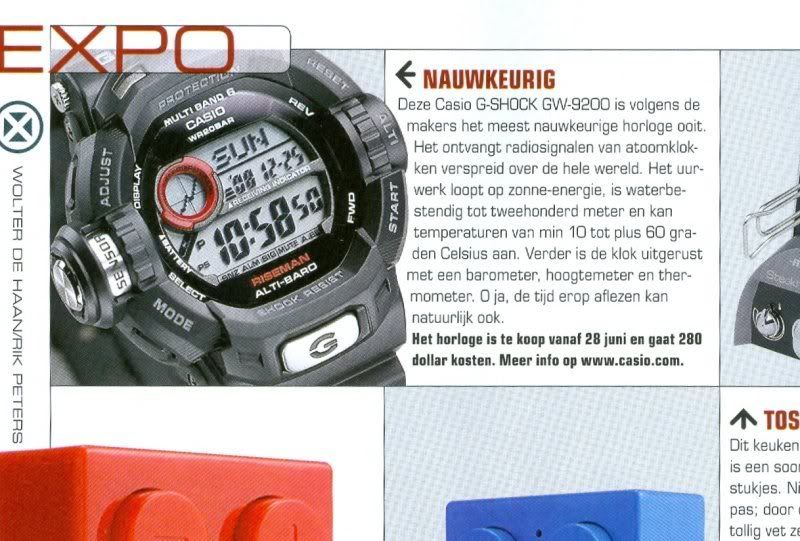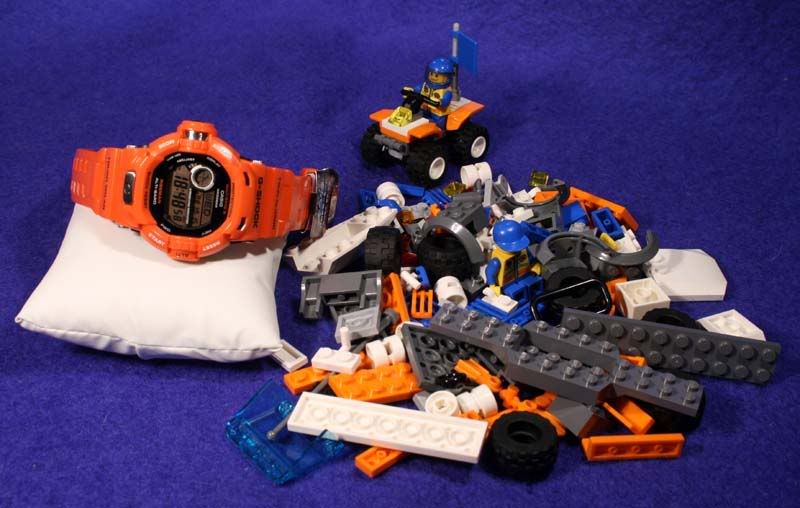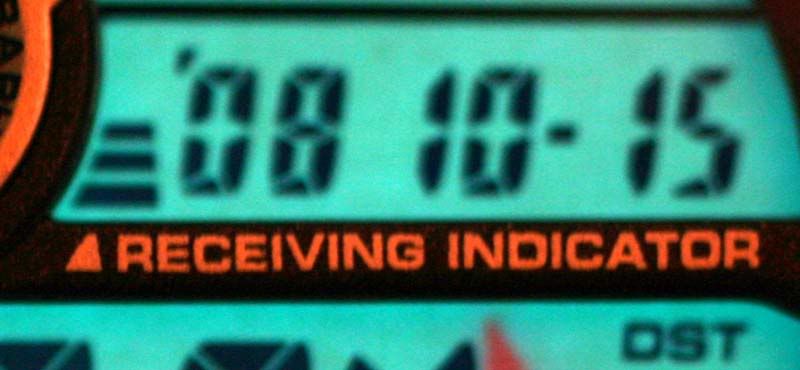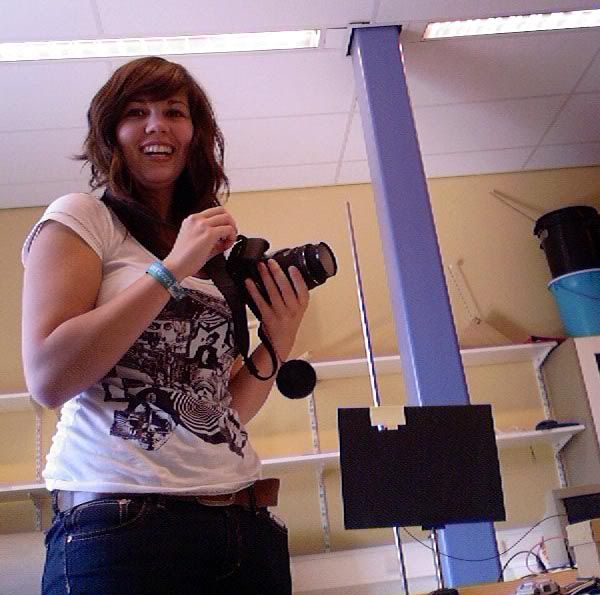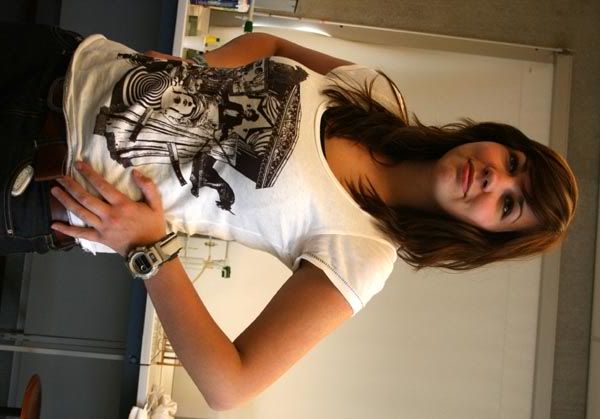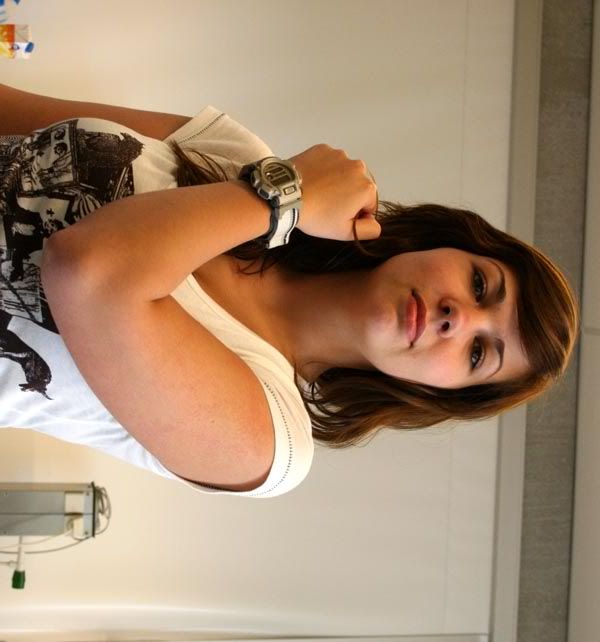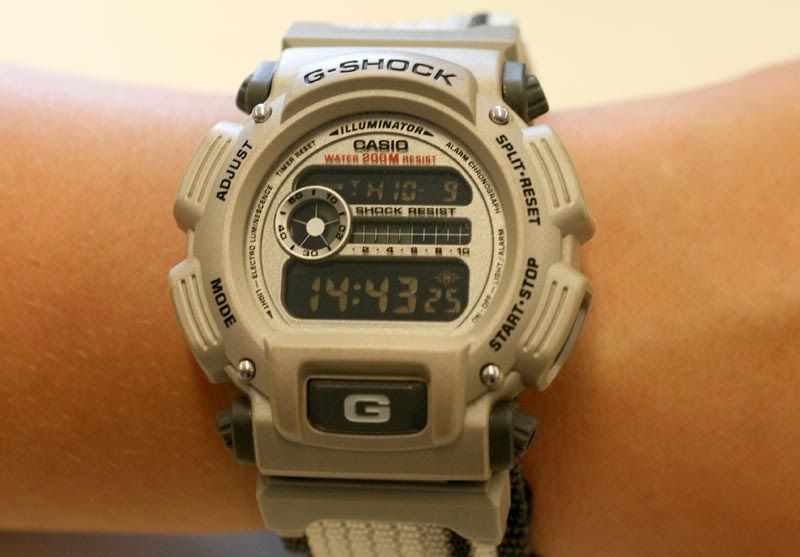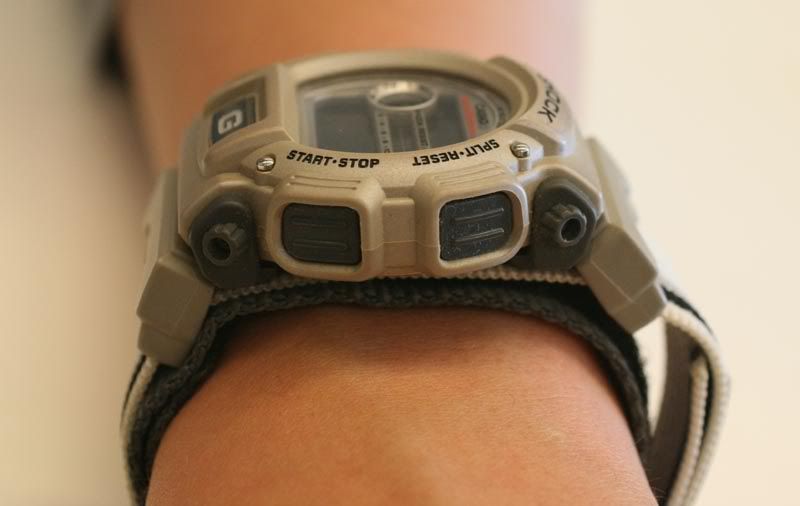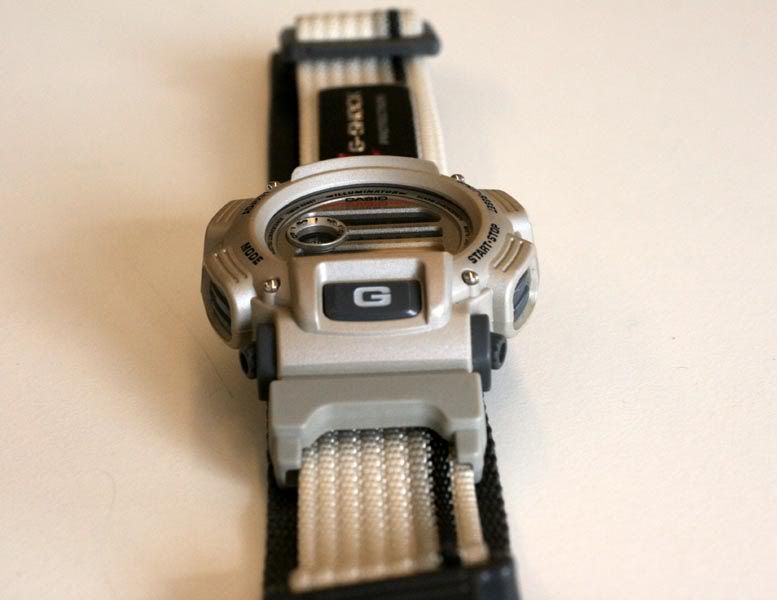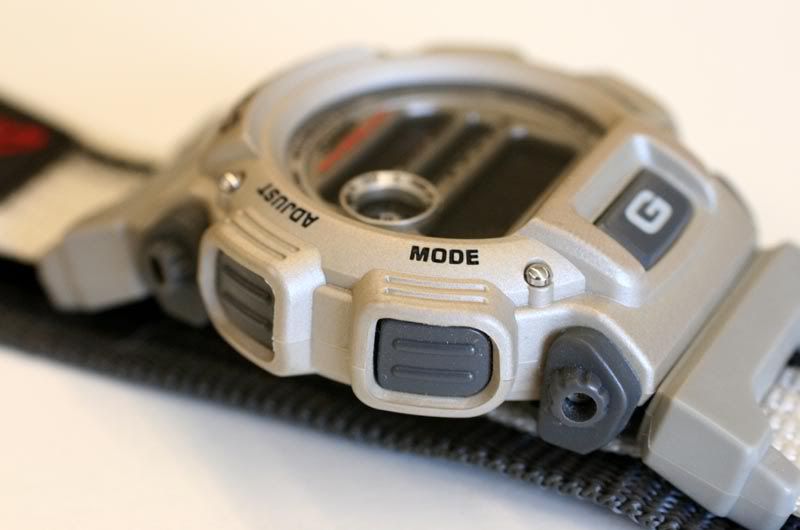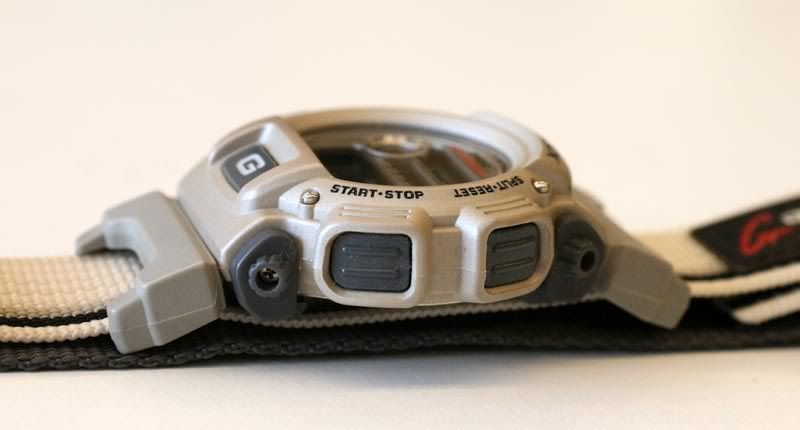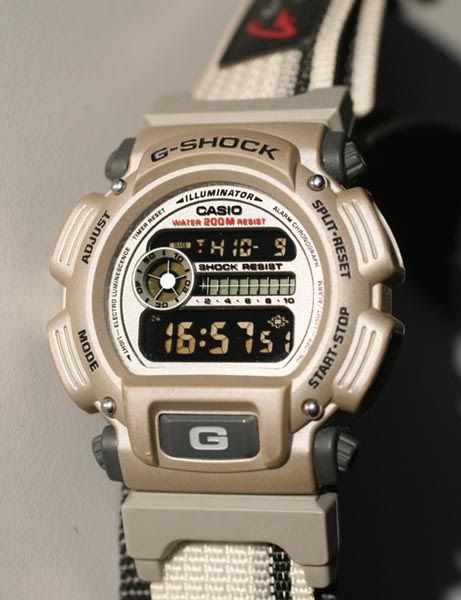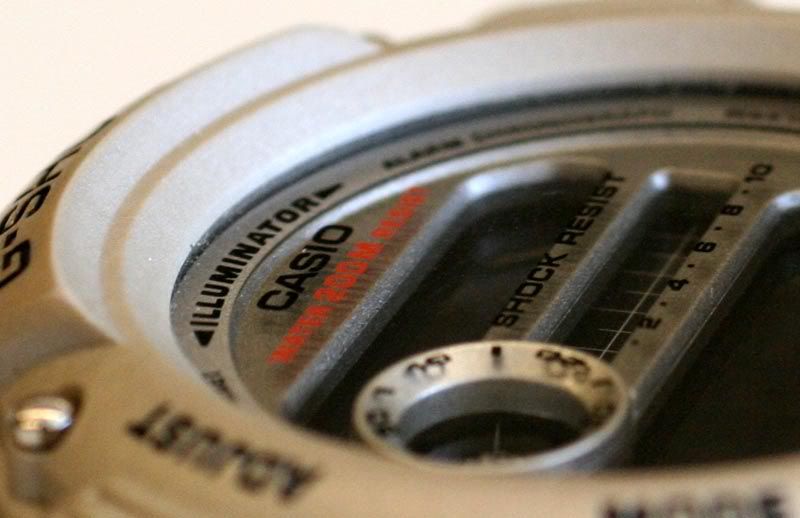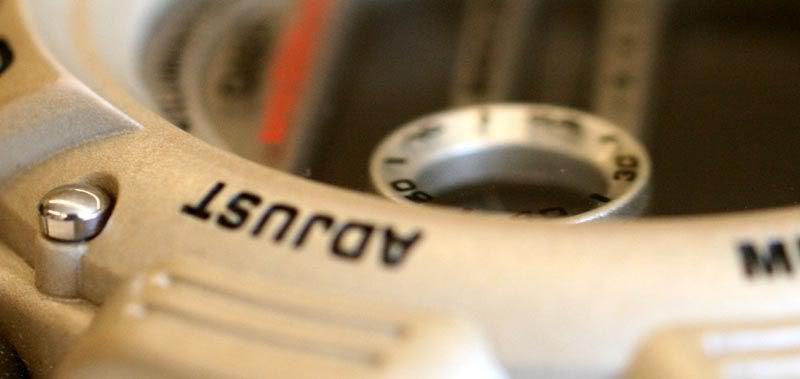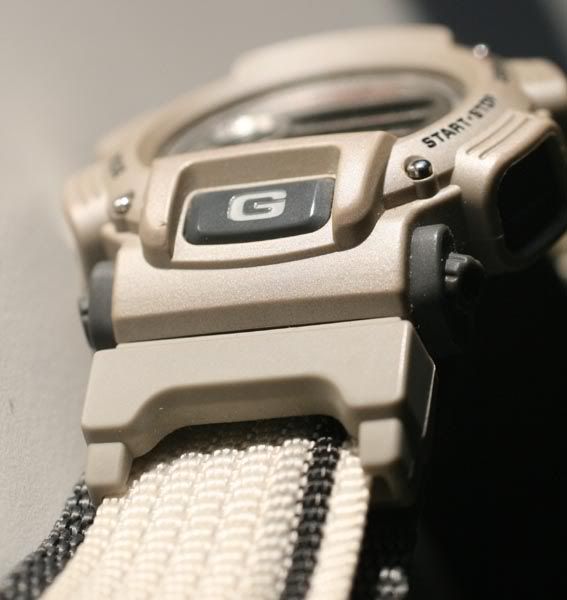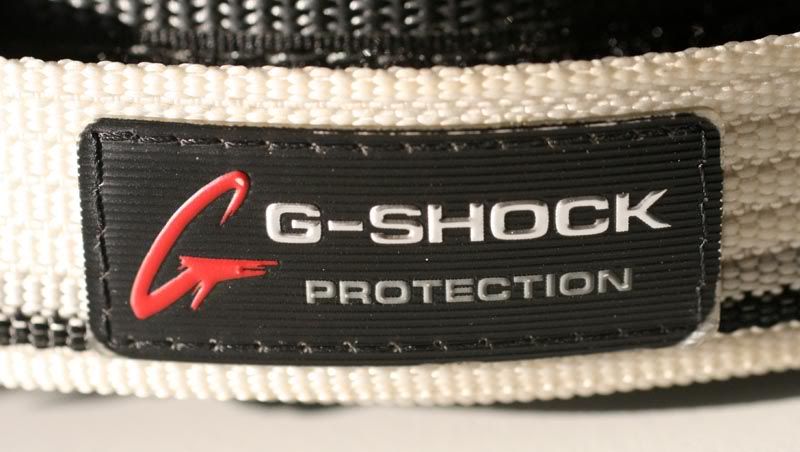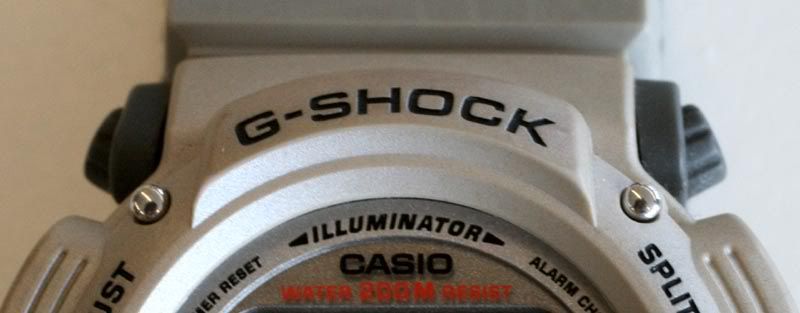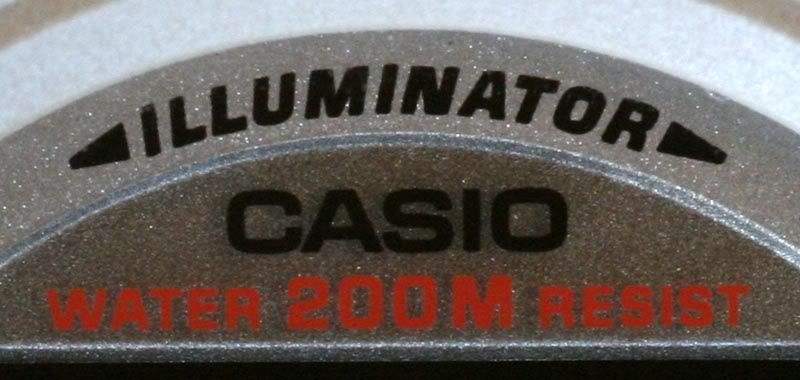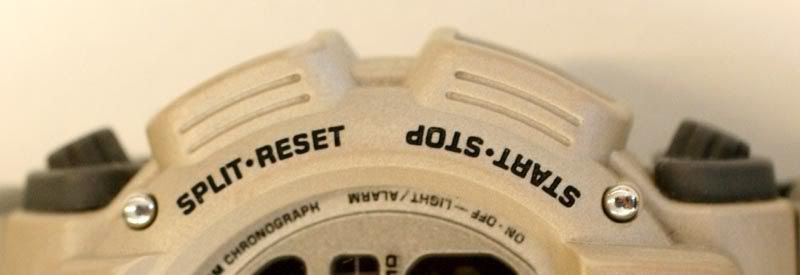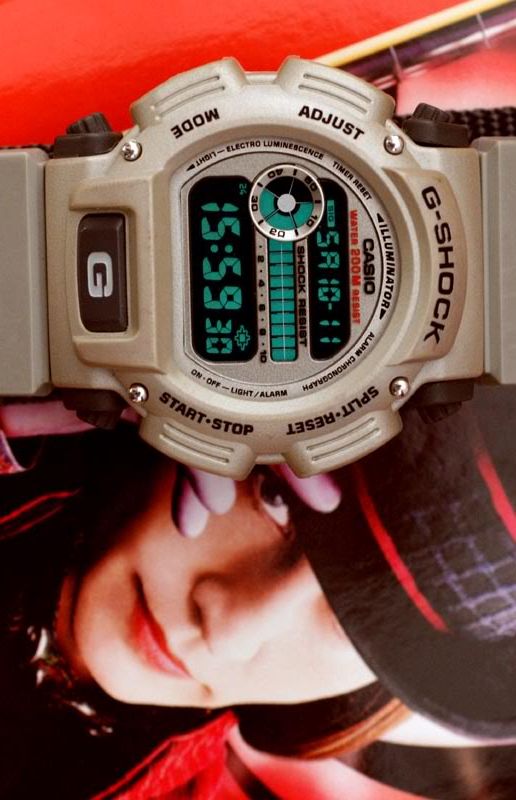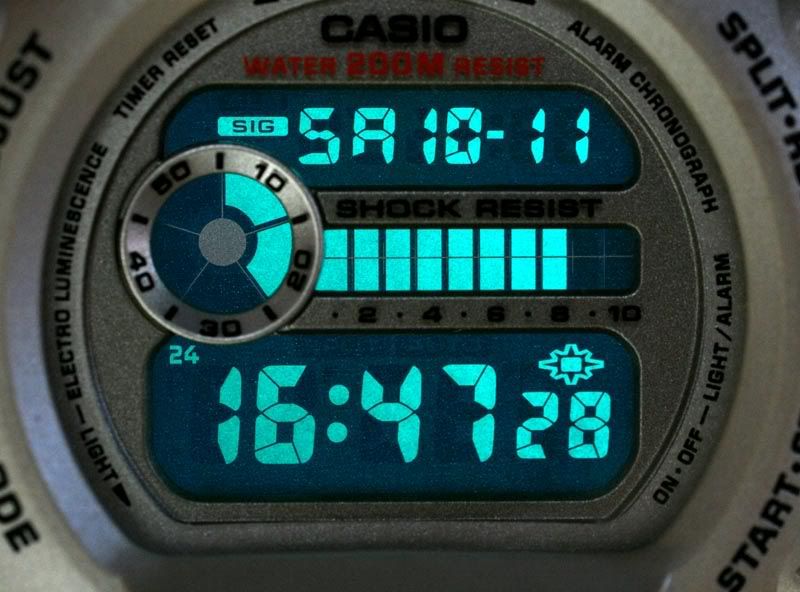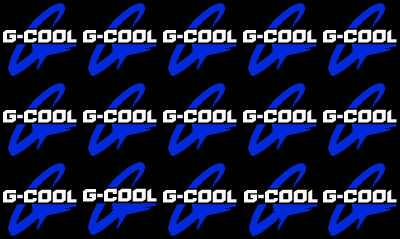 As probably most collectors, I started close at home. I bought my first G-Shocks at my local jewelry, later other shops too. Then the first on-line adds and auctions. When the Dutch auction website fused with eBay, I discovered Germany. That time every European country had it's own currency. Bank transfers were relative expensive. The best way to close the deal was to sent the money in a shielded envelope. A post card and aluminum foil worked as shield to hide the bank notes.
As probably most collectors, I started close at home. I bought my first G-Shocks at my local jewelry, later other shops too. Then the first on-line adds and auctions. When the Dutch auction website fused with eBay, I discovered Germany. That time every European country had it's own currency. Bank transfers were relative expensive. The best way to close the deal was to sent the money in a shielded envelope. A post card and aluminum foil worked as shield to hide the bank notes. Luckily I had a friend who sold a lot of furniture and ornaments in Germany, so I could change German Marks (DM) pretty easily.
Luckily I had a friend who sold a lot of furniture and ornaments in Germany, so I could change German Marks (DM) pretty easily. The last step was to hunt G-Shocks outside Europe. In the summer of 2001 there was a seller from Florida, selling G-Cools for unbelievable prices. They looked pretty different. White color was missing in my collection and the white leather straps made these models look very fashionable.
The last step was to hunt G-Shocks outside Europe. In the summer of 2001 there was a seller from Florida, selling G-Cools for unbelievable prices. They looked pretty different. White color was missing in my collection and the white leather straps made these models look very fashionable.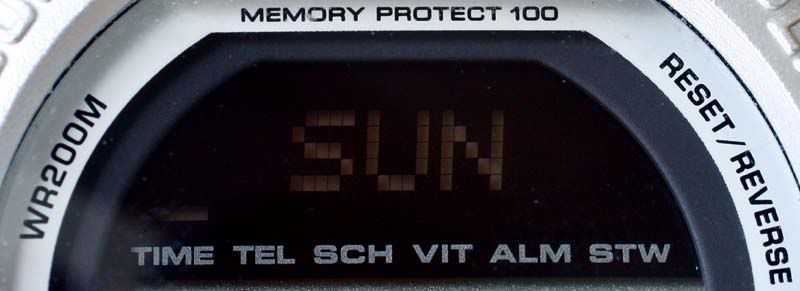 If I remember right, the prices were around $25.- each. Unbelievable. I had already a pretty much used stainless steel version that cost me around $65.-, which needed a new module, which also cost me around $50. So $25.- for these watches was unbelievable. The international shipping costs were also very friendly.
If I remember right, the prices were around $25.- each. Unbelievable. I had already a pretty much used stainless steel version that cost me around $65.-, which needed a new module, which also cost me around $50. So $25.- for these watches was unbelievable. The international shipping costs were also very friendly.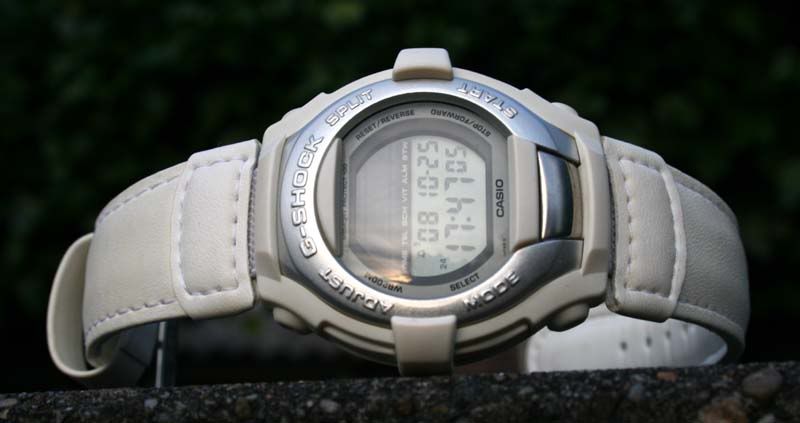 I contacted the seller, who was very friendly and cooperative. In those days there were two payment methods, Paypal and Bidpay. Both could be linked to your credit card. Unlike in the US it's not usual to pay with your credit card in Europe.
I contacted the seller, who was very friendly and cooperative. In those days there were two payment methods, Paypal and Bidpay. Both could be linked to your credit card. Unlike in the US it's not usual to pay with your credit card in Europe. Although Paypal was the preferred method, Bidpay was for me a better option, because after setting up an acount, I could immediately use it. You can set-up an Paypal account also easily, but it takes sometimes a month to activate.
Although Paypal was the preferred method, Bidpay was for me a better option, because after setting up an acount, I could immediately use it. You can set-up an Paypal account also easily, but it takes sometimes a month to activate. It was a plunge in the deep for me. Unbelievable. You could pay someone in a few button clicks. Still now transactions between Dutch banks can take one or two days.
It was a plunge in the deep for me. Unbelievable. You could pay someone in a few button clicks. Still now transactions between Dutch banks can take one or two days.Four days later the postman delivered the package. There it was, new in it's box. Smiling to it's new owner.
 The watch is a GT-000. I noticed yesterday that it is not a watch that let itself being photographed easily. Reason therefore is that it's crystal is biconcave, so it reflects light from wide angles.
The watch is a GT-000. I noticed yesterday that it is not a watch that let itself being photographed easily. Reason therefore is that it's crystal is biconcave, so it reflects light from wide angles. This GT-000BJ-7 was one of the first G-Cool models that were released in November 1996.
This GT-000BJ-7 was one of the first G-Cool models that were released in November 1996. In Europe it was advertised as a fashion watch, that was designed for fashion catwalks in Milan. This model was called Cetus in Germany.
In Europe it was advertised as a fashion watch, that was designed for fashion catwalks in Milan. This model was called Cetus in Germany. Cetus was a Greek mythological sea monster. Although it's almost comic appearance doesn't look like anything, Cephus is sometimes called a whale. Maybe Casio Germany had a whale in mind and gave the watch this name, instead of the most famous white whale. Who would ever buy a Moby Dick...
Cetus was a Greek mythological sea monster. Although it's almost comic appearance doesn't look like anything, Cephus is sometimes called a whale. Maybe Casio Germany had a whale in mind and gave the watch this name, instead of the most famous white whale. Who would ever buy a Moby Dick... I don't think it was very popular. In the US and lately in Europe these G_Cools were sold in large quantities for dump prices.
I don't think it was very popular. In the US and lately in Europe these G_Cools were sold in large quantities for dump prices. I do not know exactly why. It might be the silver ring around the crystal. Casio did obviously not even try to let it look like metal. The plastic looks a bit cheap.
I do not know exactly why. It might be the silver ring around the crystal. Casio did obviously not even try to let it look like metal. The plastic looks a bit cheap. In Japan it was advertised as a stream lined G-Shock. The case is pretty slim and with all the rounded shapes, yo u have to admit that's true.
In Japan it was advertised as a stream lined G-Shock. The case is pretty slim and with all the rounded shapes, yo u have to admit that's true. For the first time Casio used the two tone display. It looks very cool. Under poor light conditions the upper part is hard to read, but the most important information is displayed in the bottom display.
For the first time Casio used the two tone display. It looks very cool. Under poor light conditions the upper part is hard to read, but the most important information is displayed in the bottom display. The GT-000 has a bit unique floating memory of 100 storage places. There is a telephone book and a schedule alarm function. You can use this memory for both functions. Every phone number or schedule alarm uses one storage place. Note that in 1996 mobile phones were not as common as they are now today. In fact, although I had a mobile phone since 1996, I still used the telephone book function of some telememo g's for some years.
The GT-000 has a bit unique floating memory of 100 storage places. There is a telephone book and a schedule alarm function. You can use this memory for both functions. Every phone number or schedule alarm uses one storage place. Note that in 1996 mobile phones were not as common as they are now today. In fact, although I had a mobile phone since 1996, I still used the telephone book function of some telememo g's for some years. The schedule alarm includes a text (maximal 11 characters) and a date and time. I think this amount of storage in a watch was a lot for a time when gigabytes were still unimaginable. and 100Mb hard drives had the size of a thick pocket book.
The schedule alarm includes a text (maximal 11 characters) and a date and time. I think this amount of storage in a watch was a lot for a time when gigabytes were still unimaginable. and 100Mb hard drives had the size of a thick pocket book. In my opinion, this is maybe not the most beautiful G-Shock, though it isn't ugly too. Actually I think it looks nice on my wrist. It's comfortable as well. Probably the white color might not be everyone's choice, but I was very happy with my first G-Shock I bought in an intercontinental transaction.
In my opinion, this is maybe not the most beautiful G-Shock, though it isn't ugly too. Actually I think it looks nice on my wrist. It's comfortable as well. Probably the white color might not be everyone's choice, but I was very happy with my first G-Shock I bought in an intercontinental transaction.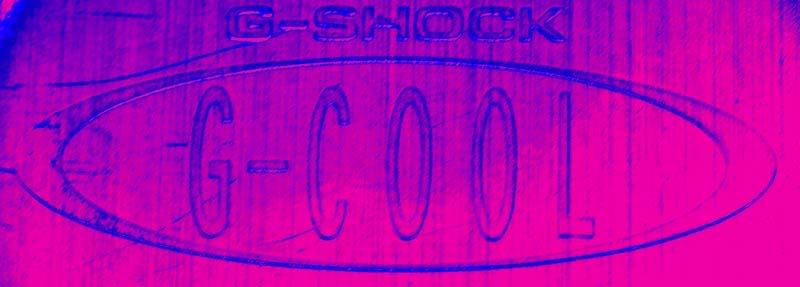 I just checked. The seller is still very active on eBay and has still a lot of Casio's for nice prices.
I just checked. The seller is still very active on eBay and has still a lot of Casio's for nice prices.


